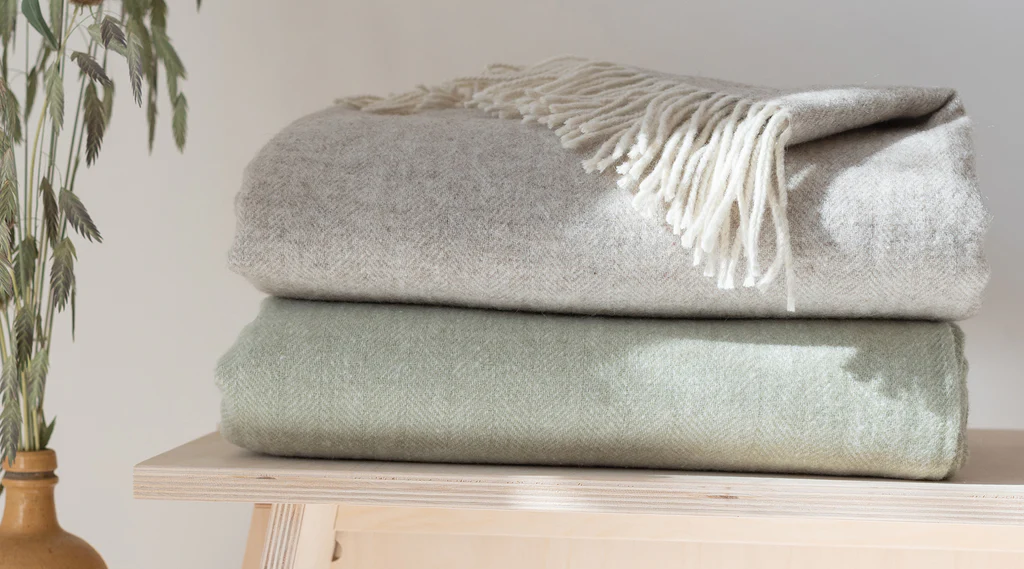
Merino wool is gaining popularity in clothing due to its exceptional properties, including softness, comfort, and versatility in various weather conditions. This article will give you a complete guide to Merino wool, what it is, where it comes from, and why so many people love this amazing fiber.
What is merino wool?
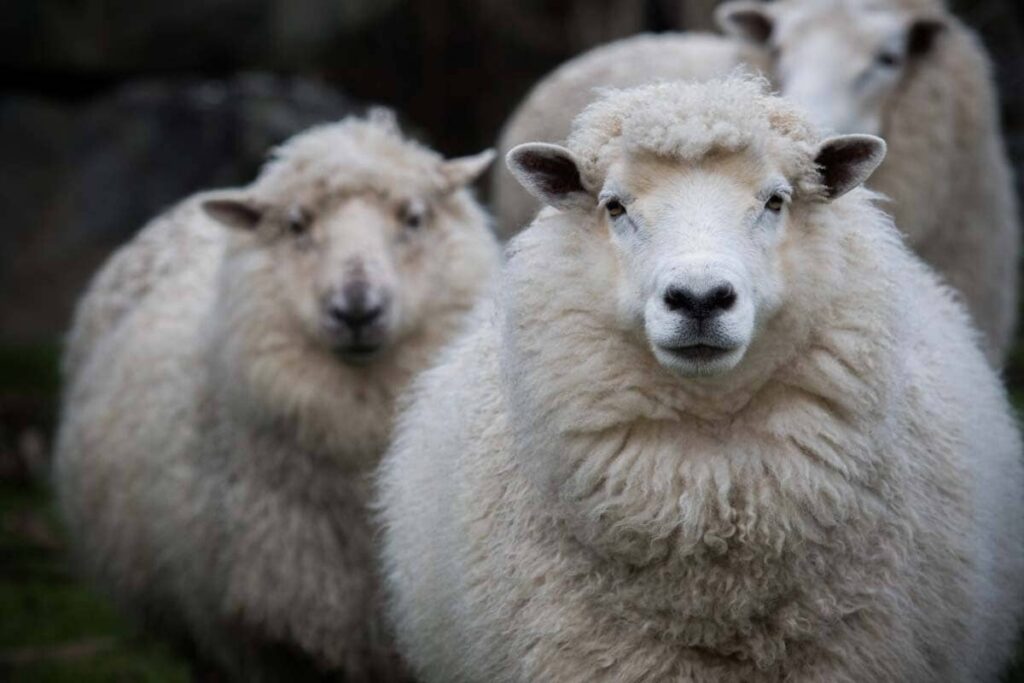
Merino wool is a natural fiber that comes from Merino sheep. It is a special breed of sheep that produces wool that is softer, finer, and more comfortable than regular wool.
Merino sheep originated in Spain but are now spread across the world. The top countries that produce merino wool are Australia, New Zealand, South Africa, the USA, and elsewhere.
History of Merino wool
Merino wool started with the Berber tribes in North Africa. They are believed to have been the first to breed sheep with soft and fine wool. Over time, these sheep were introduced to Spain in the 12th century. Once in Spain, the Merino breed was carefully developed and refined over several generations to produce wool.
As a result, between the 13th and 16th centuries, it became a highly expensive product. To protect this profitable resource, Spain strictly controlled exports. The people who were exporting Merino sheep to other countries were even punishable by death.
In the 1700s, Spain began loosening restrictions, and Merino sheep were gifted or sold to other European nations, such as France, Germany, and Austria. The Merino breed’s popularity grew due to its high-quality properties.
Captain John Macarthur brought Merino sheep to Australia in 1797. Australian farmers raised them to suit the local land and made the breed better for wool. Over time, Australia became the top producer of Merino wool in the world.
Today, Australia has over 69 million sheep, and about 75% of them are Merino. Australia is the world’s leading supplier of merino wool, exporting about 25% of the global wool supply and holding the top position in international wool trade.
In modern times, especially during the 20th and 21st centuries, Merino wool has held its place around the world for its excellent benefits.
Benefits of merino wool clothing
Soft and comfortable
As merino wool is made from the hair of the merino sheep, it is much finer than regular wool due to its softness against the skin. It doesn’t itch like traditional wool and feels smooth and breathable even during long wear.
Temperature regulation
The wool fabric keeps you warm in cold weather and cool in hot weather. Its natural insulating and moisture-wicking properties help maintain a steady body temperature in changing conditions.
Moisture-wicking
The wool can absorb sweat from the skin and release it into the air. The fabric helps to keep you dry and comfortable.
Odor-resistant
Merino wool naturally resists the growth of odor-causing bacteria. Your skin stays healthier from any allergies. The clothes stay fresh for longer, even after many washes. It is a better choice for people with sensitive skin.
Lightweight and breathable
Despite its warmth, it is lightweight and allows air to flow across the fibers. This prevents overheating your body.
Eco-friendly and biodegradable
However, merino wool is a natural fiber, so it can be renewable and biodegradable. 95% of wool breaks down in soil within 15 weeks. Also, it helps to reduce environmental impact.
Durable and long-lasting
High-quality merino wool garments are strong, elastic, and resistant to wear and tear. With proper care, they maintain their shape and performance over time.
UV protection
This wool provides a natural level of protection against harmful UV rays. It helps block some of the sun’s rays from reaching your skin. Unlike synthetic fabrics, wool doesn’t need any chemical treatment to protect you from UV rays.
Merino wool fabric-making process
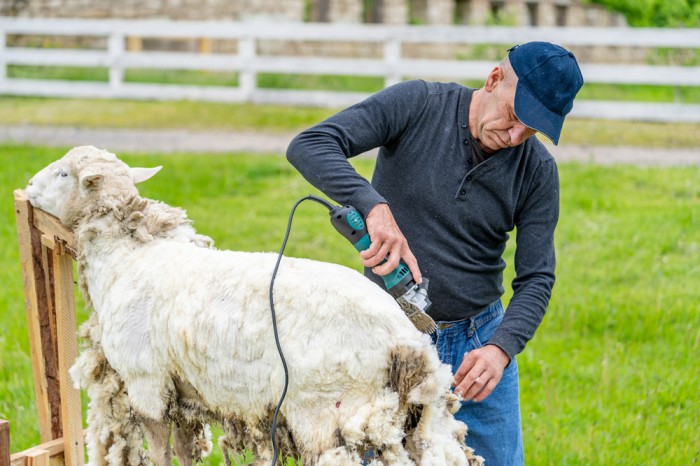
Shearing the sheep
Usually, merino sheep are sheared once a year in order to harvest their wool. The process of carefully removing the fleece with specialized tools is called shearing. The sheep is safe and comfortable while shearing because the shearing process can be done by skilled professionals.
Scouring the wool
After shearing, raw wool has dirt, plant matter, and natural oils like lanolin. To clean it, the wool is washed in warm water to remove these impurities.
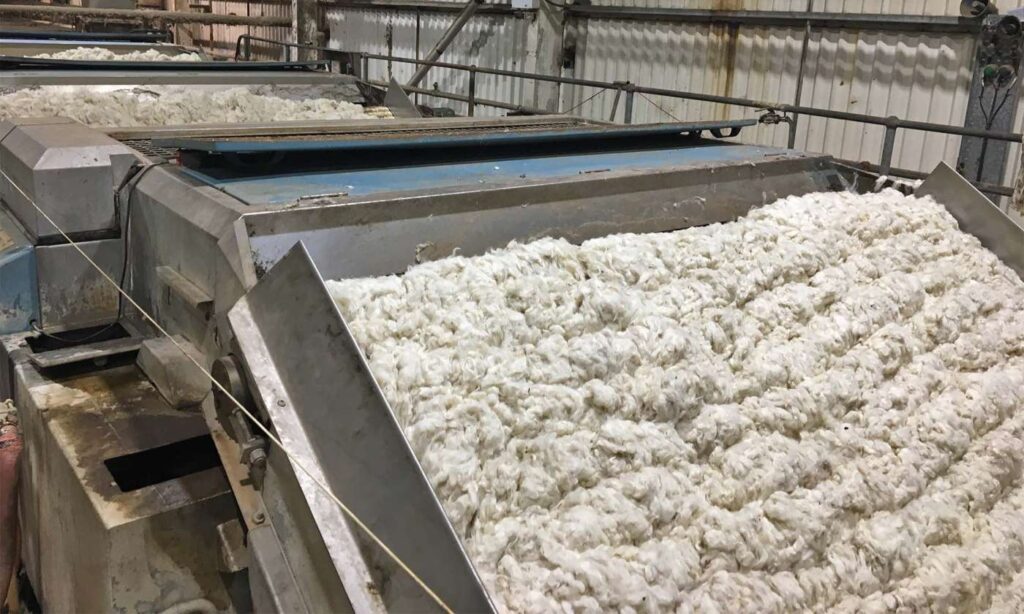
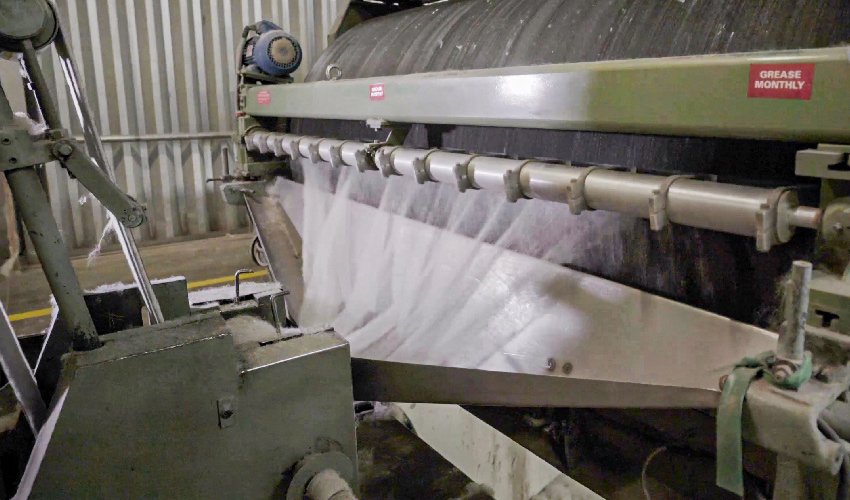
Carding the wool
The carding process is applied to the wool after it has been cleaned. Fine-toothed rollers are used to brush and separate the wool fibers. The process untangled and aligned the sliver in one direction. Then the soft and fluffy sliver is ready to be spun into yarn.
Spinning the wool
The aligned wool fibers are prepared for spinning after the carding process. The fibers are pulled out and twisted together in this step to create a continuous yarn strand. The fibers are created by twisting the soft sliver, transforming it into a strong, flexible substance. Finally, the yarn can be worked into fabric by knitting or weaving.
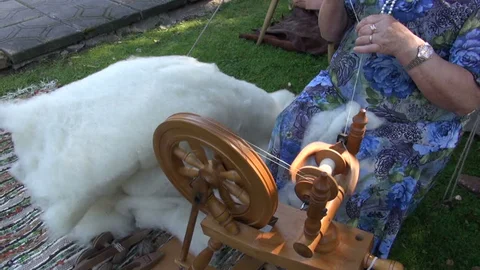
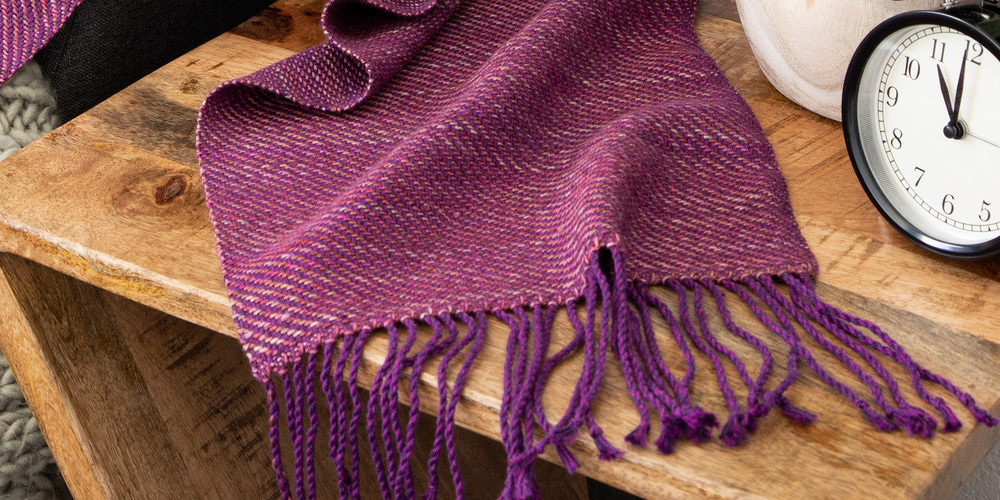
Knitting or weaving
This step is turning yarn into fabric. This process is done by either knitting or weaving.
Knitting is the process of looping the yarn together to create a soft and stretchy fabric. The method is used for making clothing like t-shirts, base layers, and socks.
Weaving is the process of crossing yarns over and under each other to make fabric stronger. It is commonly used for making items like suits, scarves, jackets, or trousers.
Finishing the fabric
The last stage of producing merino wool is finishing the fabric. This phase involves another wash, softening, and treating the fabric to improve properties like moisture wicking or shrink resistance. Then the merino wool fabric is comfortable, strong, and ready for use in high-quality clothing with these finishing touches.

Endnote
We hope you gain a detailed understanding of merino wool fabric, its origins, production process, and the reasons behind its high global value. You might think wool is itchy, but Merino wool is not. It is very soft, smooth, and feels great on your skin. Even people with sensitive skin can wear it comfortably.
At Green Tailor, we are dedicated to supplying natural fabrics and products worldwide with NO MOQ to purchase. Many of our scarves are made from pure merino wool that is soft and comfortable to wear on your skin. All our products and fabrics we supply are in off-white and are ready to dye with natural dyes.
We work with yarn suppliers who are WOOLMARK Certified to ensure the high quality of our merino wool products.
For more information about our brand and services, please contact us at [email protected].
